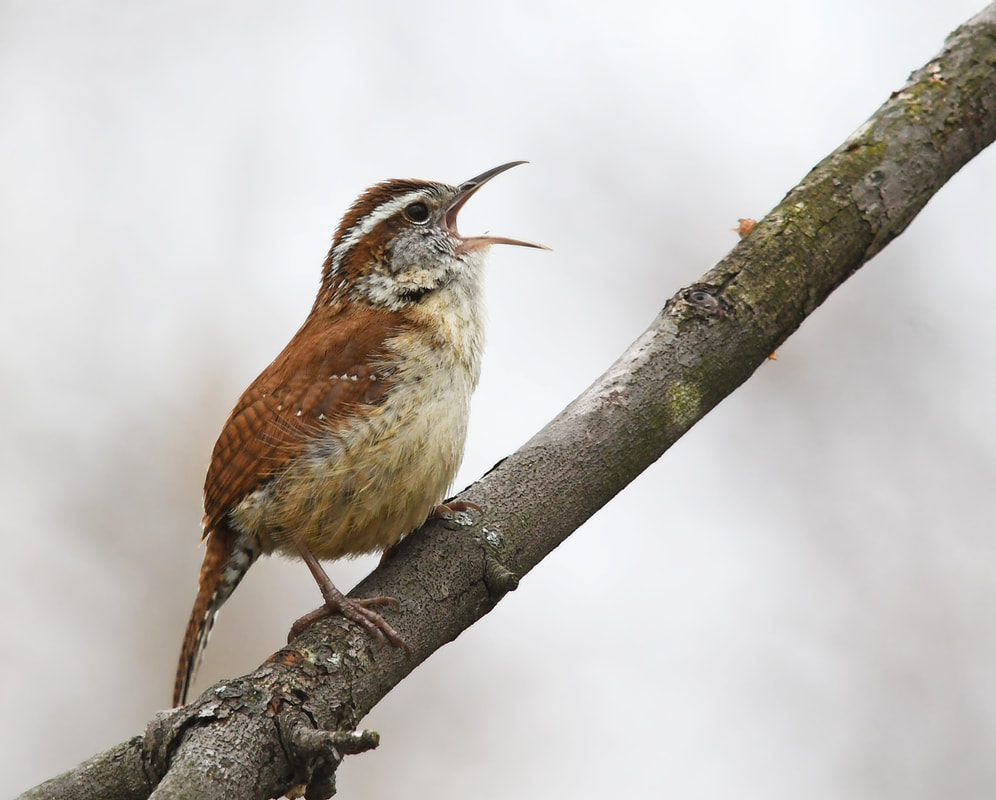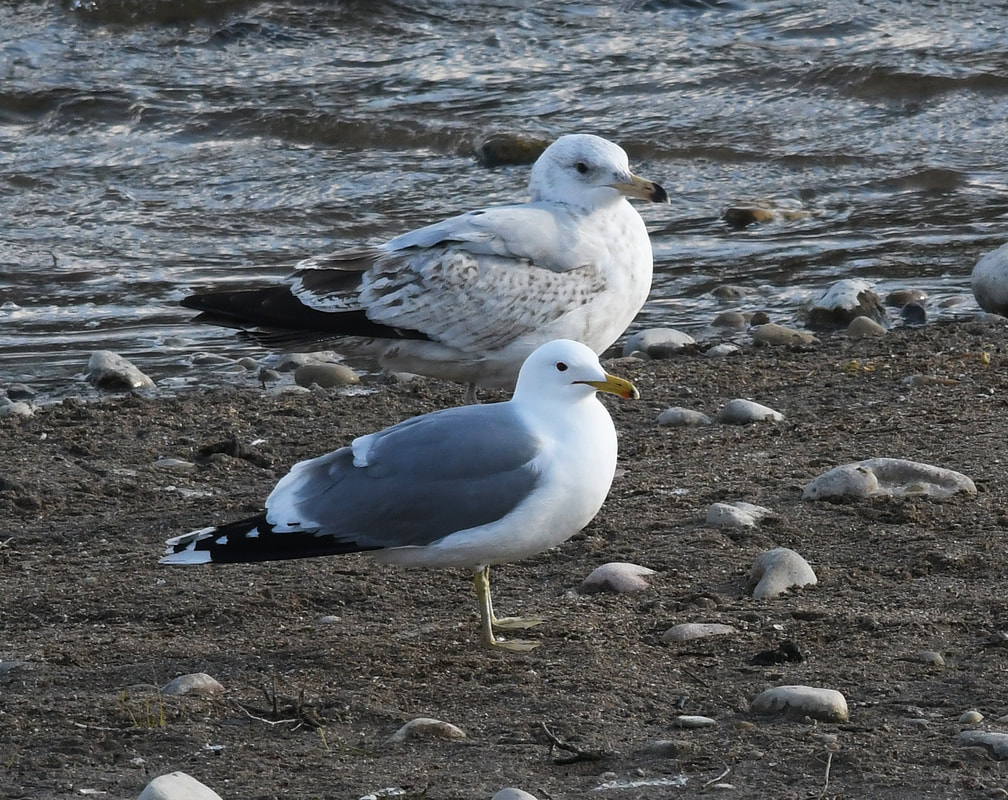|
May 2021 has been, generally, a poor one from the perspective of a birder in southern Ontario. Days with large numbers of migrant songbirds have been few and far between, to put it generously, and we have not experienced any epic days with warblers "dripping from the trees", as they say. I have heard concerns from several birders that this may be an indictment on the poor state of our bird populations, because they have not seen many migrants in their local patches this month. While there are many valid reasons to be concerned about bird populations (which have been plummeting around the world - hardly a surprise given our burgeoning human population and excessive consumption of resources), the fact is there is another reason why we have not seen birds in numbers that we may have been accustomed to from previous years.
0 Comments
It is finally here. May is, without a doubt, my favourite time of year to be a naturalist in Ontario. Signs of life are everywhere, but the main draw for me is the rush of bird migration. The spring of 2021 has turned out much differently than I had planned. Originally, I was scheduled to spend much of the month on Pelee Island, in the Point Pelee area, and in Prince Edward County leading bird tours, with plenty of time built into my schedule for some non-tour birding (and mothing!) as well. But, like just about every other plan that I have made in the last fifteen months, it fell through. The timing of Ontario's latest lockdown has coincided exactly with the peak of spring bird migration, and I haven't been able to lead any tours due to the current restrictions in place.
Unfortunately, Point Pelee is not in the cards for me this spring as I have been staying closer to home. Laura and I are currently residing in Fonthill, located in about the exact middle of the Niagara Peninsula, and great birding areas can be found just a short drive away. The Hamilton Study Area is a circle with a radius of 25 miles (~40.2 km) that is centred on Dundurn Castle in Hamilton, Ontario. It is the official area of study for the Hamilton Naturalists Club, and many local birders keep an HSA list. For some, this is their most revered bird list. For me, it is a few rungs lower (following my World List, Canada List, Ontario List, World Photographed List, Ontario Photographed List, and a few others), but I always jump at the chance to add a new species to my HSA list. I grew up in south Cambridge, which is situated within the western boundary of the HSA. My formative years as a birder took place predominately in the HSA; not only in south Cambridge, but also in south Guelph where I attended university. In the years since, I have lived elsewhere, though the HSA has always been just a short drive away. In recent weeks the HSA has produced several fantastic rare birds; the crown jewel being the Yellow-browed Warbler (Canada's 2nd ever record), but more on that bird in a minute. All told, I have added three species to my HSA list recently, bringing it up to 309. A good start.
|



 RSS Feed
RSS Feed